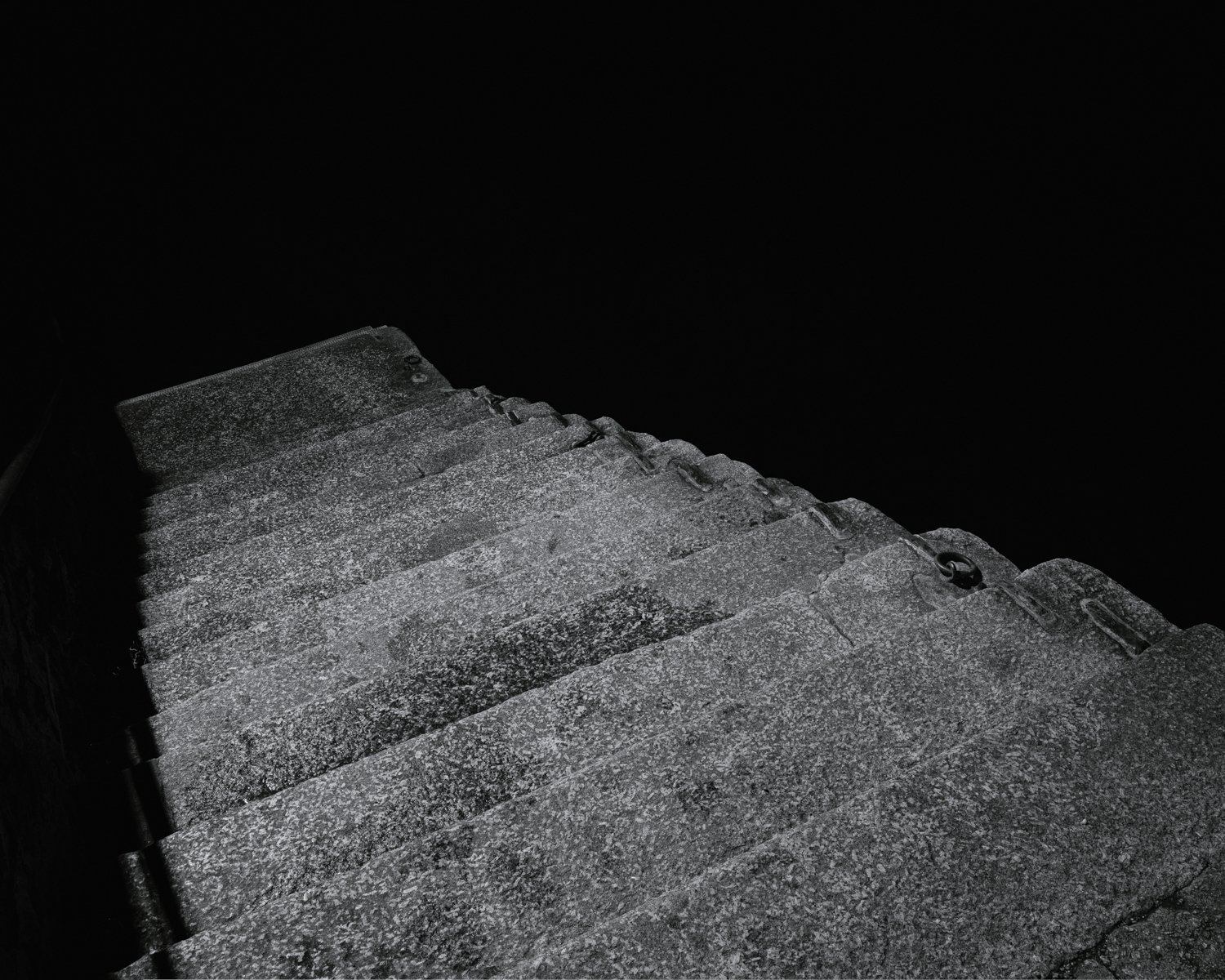Other Spaces
Other spaces was created for pianist Catherine Laws. Based on a simple tone row, pitch materials are derived from the first 12 numbers in the Fibonacci series. The piece begins on a single note and each subsequent note must follow the series. Notionally in 4 parts, which function in counterpoint to each other, the piece was written to be played as quietly as possible.
Previously a colleague at Dartington College of Arts in Devon, Laws had previously played my piece, Somewhere Submarine and we’d talked for some time about her commissioning me to make a new piece. Each iteration of it resulted in me erasing more of what I had written.
For its exceptionally quiet acoustic and outstanding Fazioli grand piano, we decided to record Other Spaces in the Arthur Sykes Rymer auditorium at York University.
Butade’s Daughter
Butade’s Daughter preceded Other Spaces by some years, and was created entirely in the studio, without the interpretation of a live performer. I used a bass guitar that was in the studio was working in and combined it with material generated in Cloud Generator, an early granular synthesis tool developed by Curtis Roads at Les Atelier, UPIC, Xennakis’ studio outside Paris, where I had the privilege of working myself in 1997. Like Other Spaces, my intention was to make something fragile to the point of disappearance.
Narcissus
I developed Narcissus as part of a suite of pieces called Sixteen Shadows, while undertaking a residency at the Technisches Universität, Berlin funded by the DAAD. Narcissus is an improvisation based on a Bontempi reed organ amplified through a broken speaker and feedback loops. I worked on iterations of the piece over a 6 month period and made this recording in the studios of the TU.
Paraphrase
Paraphrase was commissioned by bass clarinetist Marij van Gorkom. It is written for bass clarinet and live electronics, with the pitch of the clarinet constantly tracked and responded to in real-time by a computer. The title refers to the interaction between acoustic instrument and electronics and the impossibility of a literal translation between these two incompatible worlds. The art is the trying, however, and I was attracted to the fallibility of the pitch tracking we were using to misread and misinterpret the notes of Marij’s clarinet. It can approximate (paraphrase) and in so doing, come up with a fascinating accompaniment of its own.
The performance on the album was recorded by Chris Morgan at the recording studios of the Academy of Music and Theatre Arts, Falmouth University in March 202. The recording engineer was Antti Saario. Samples from Marij’s demos of the piece feature in this recording alongside Chris’s performance.
Another Poisonous Sunset
I derived the title of this piece from Don DeLillo’s White Noise, a book that eloquently and comically explores the theme of simulation. Another Poisonous Sunset is a simulation of a musical performance. Six stereo pairs of loudspeakers are set up on the stage area of a conventional auditorium, each pair reproducing an edited mix of a group of instrumentalists in the ensemble. The audience are free to walk amongst the absent band members.
The players featured in the piece, all played their parts separately, with the piece evolving as each new player responded to what had come before them.
Violins: Pippa Murphy and Iain Armstrong
Cello: Jamie Ingram
Double Bass: Roberto Aymes
Electric Guitar: Dave Bennett
Bassoon: Anna Batson
Soprano Saxophone: Andreas Mniestris
Barritone Saxophone: Pete Dowling
Piano, Organ, Drums and Percussion: David Prior
Descent is available from SN Variations Bandcamp as a 6-panel gatefold CD.








